Membrane Transporter/Ion Channel
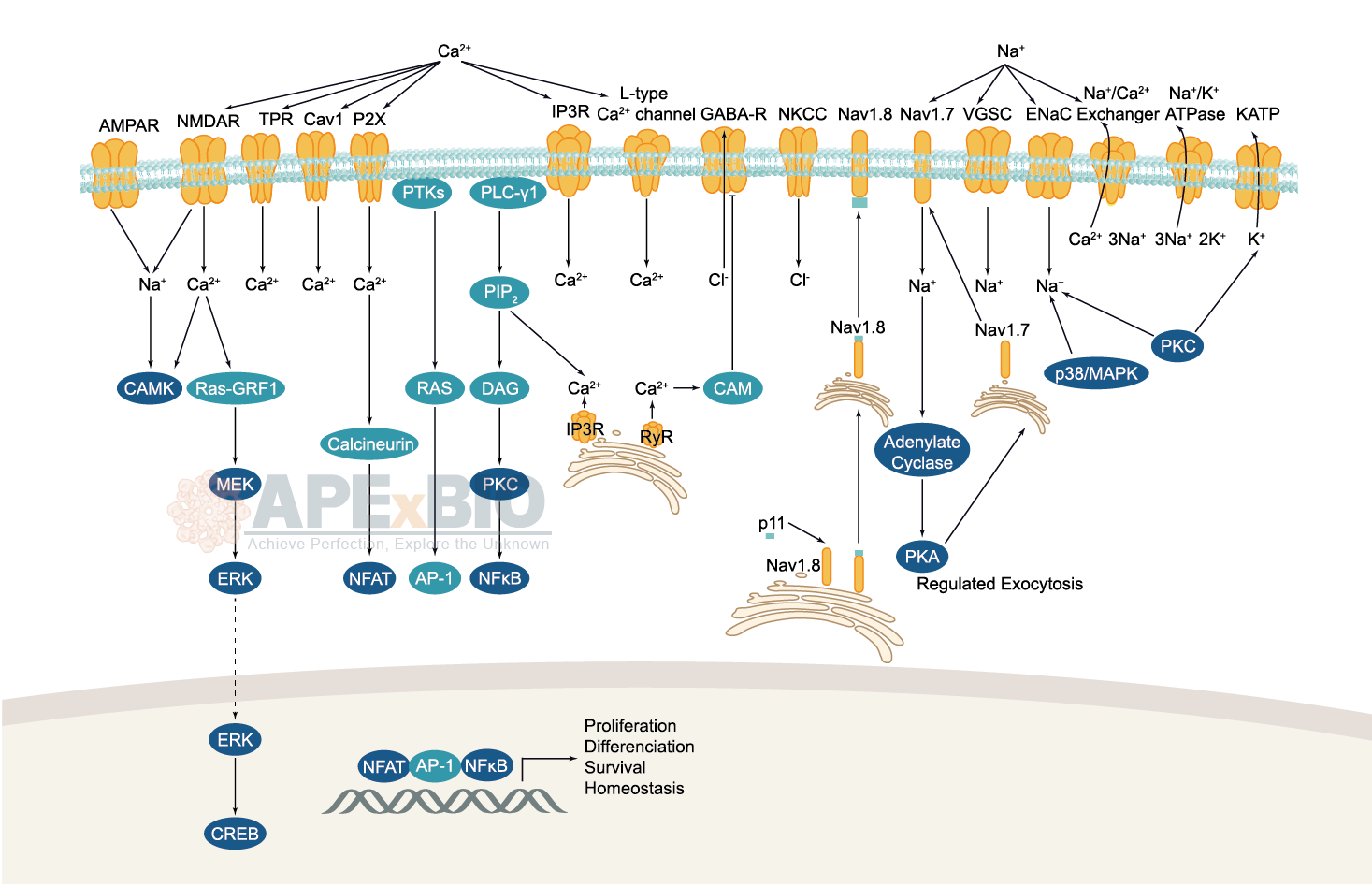
Ion channels are pore-forming membrane proteins which allow the flow of ions across the membrane. The ion channels can be broadly grouped into six families including calcium channels, chloride channels, potassium channels, sodium channels, gap junction proteins and porins. Not all ion channels are gated, such as certain type of K+ and Cl– channels, transient receptor potential superfamily of cation channels, the ryanodine receptors and the IP3 receptors, but most Na+, K+, Ca2+ and some Cl– channels are all gated by voltage. Ligand-gated channels are regulated in response to ligand binding (e.g. neurotransmitters signaling). These ligand-gated neurotransmitter receptors are known as ionotropic receptors. Various neurotransmitters couple to ionotropic receptors such as glutamate, acetylcholine, glycine, GABA, and serotonin.
-
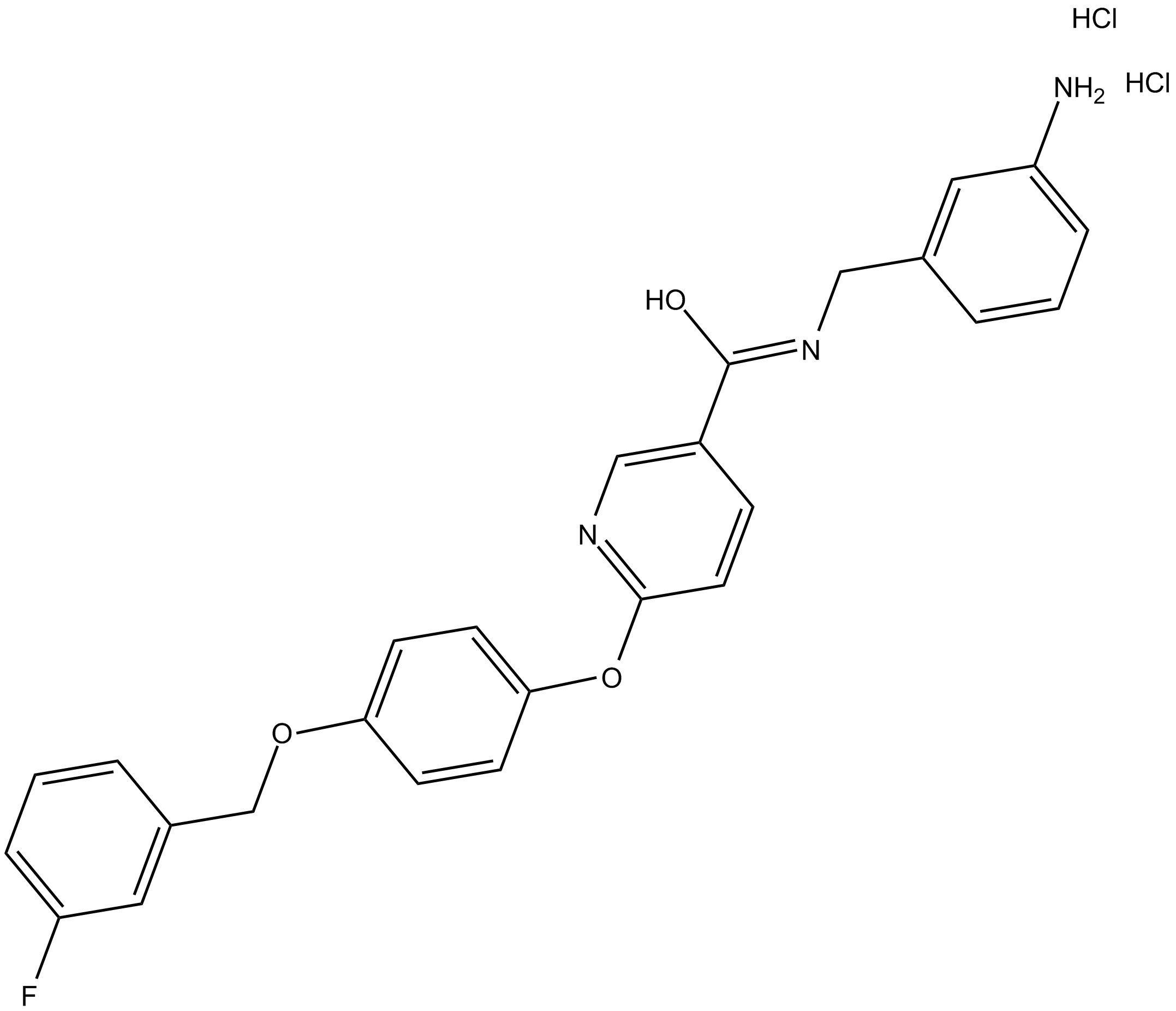 B5637 YM 244769Summary: inhibitor of the reverse mode of Na+/Ca2+ exchange (NCX)
B5637 YM 244769Summary: inhibitor of the reverse mode of Na+/Ca2+ exchange (NCX) -
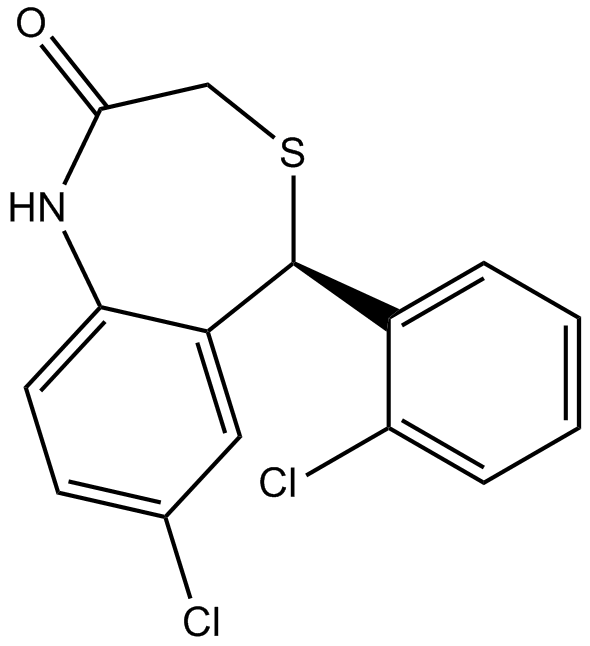 B6602 CGP 37157Summary: Antagonist of mitochondrial Na+-Ca2+ exchanger
B6602 CGP 37157Summary: Antagonist of mitochondrial Na+-Ca2+ exchanger -
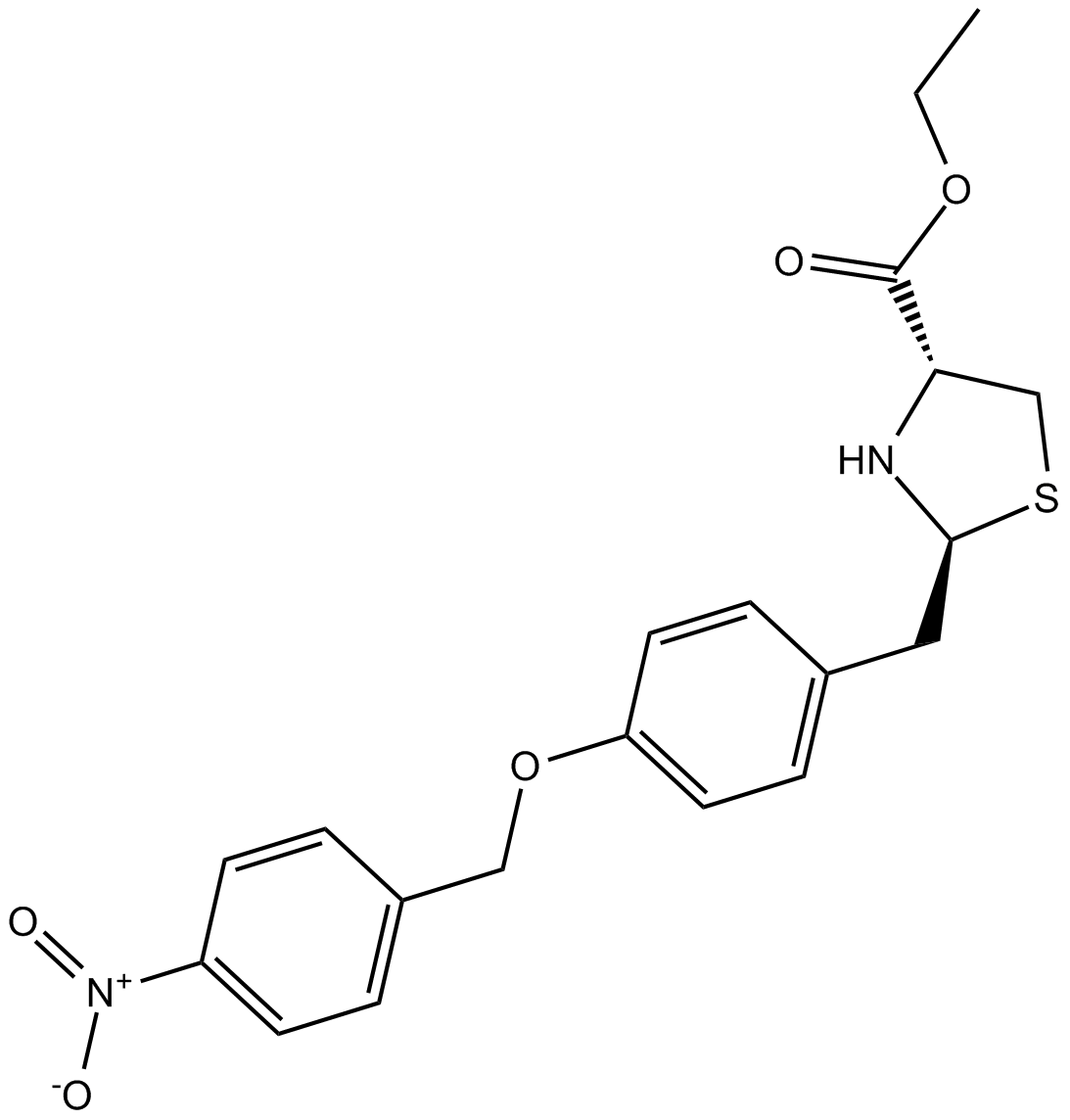 B6961 SN-6Summary: Na+/Ca2+ exchange inhibitor
B6961 SN-6Summary: Na+/Ca2+ exchange inhibitor -
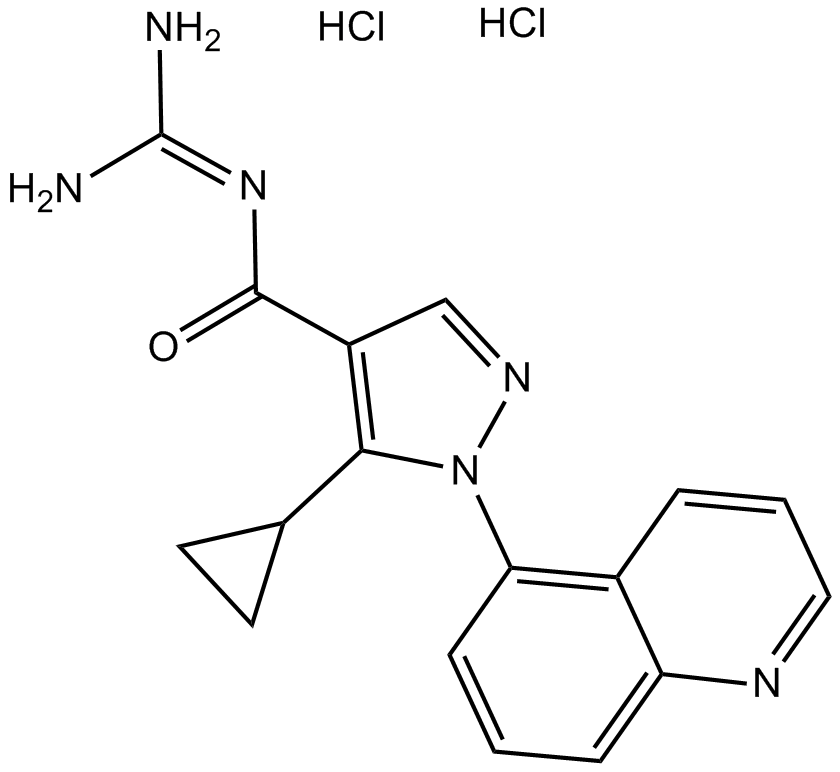 B7160 Zoniporide dihydrochlorideSummary: Sodium-hydrogen exchanger isoform 1 (NHE1) inhibitor
B7160 Zoniporide dihydrochlorideSummary: Sodium-hydrogen exchanger isoform 1 (NHE1) inhibitor -
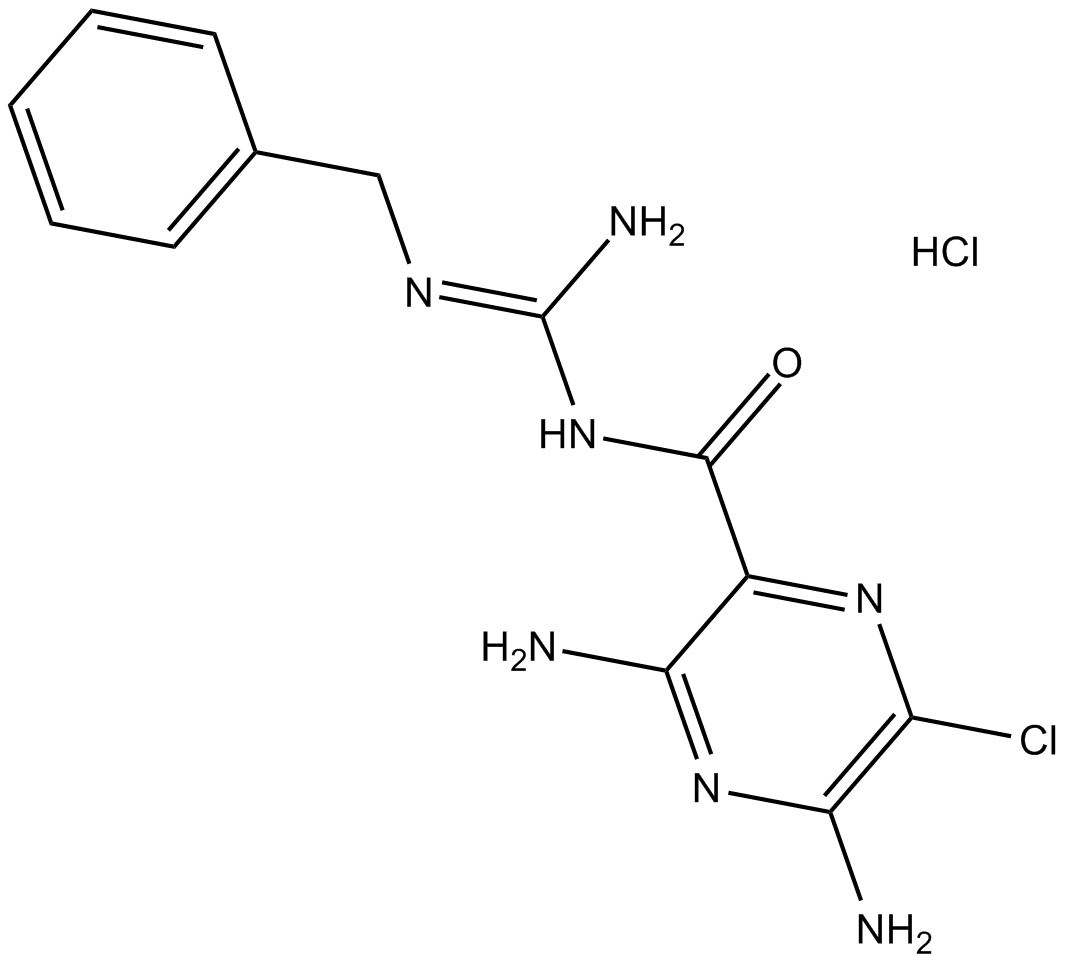 B7391 BenzamilSummary: Na+/Ca2+ exhanger (NCX) inhibitor
B7391 BenzamilSummary: Na+/Ca2+ exhanger (NCX) inhibitor -
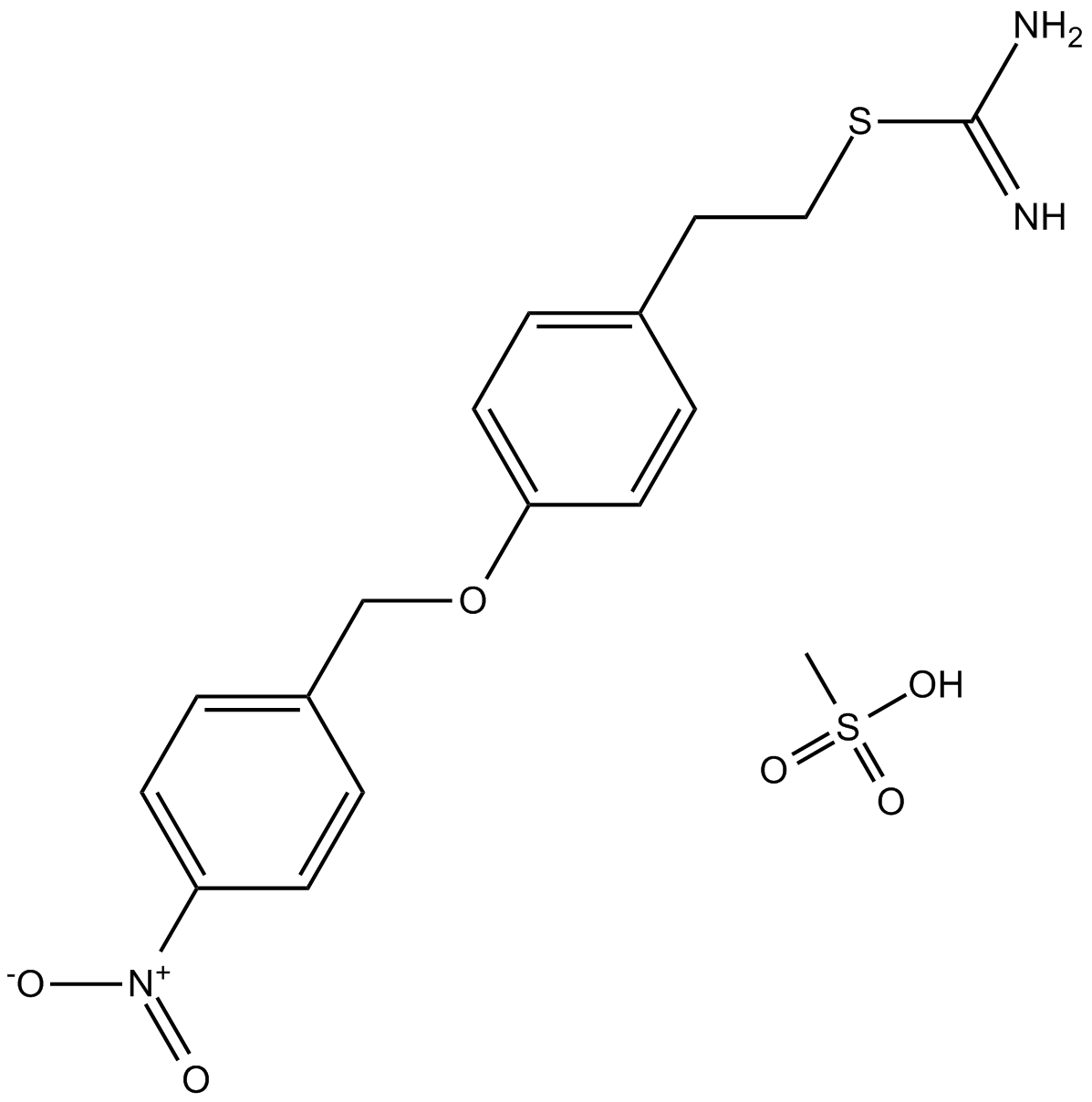 A3525 KB-R7943 mesylateSummary: Inhibitor of the reverse mode of the Na+/Ca2+ exchanger
A3525 KB-R7943 mesylateSummary: Inhibitor of the reverse mode of the Na+/Ca2+ exchanger -
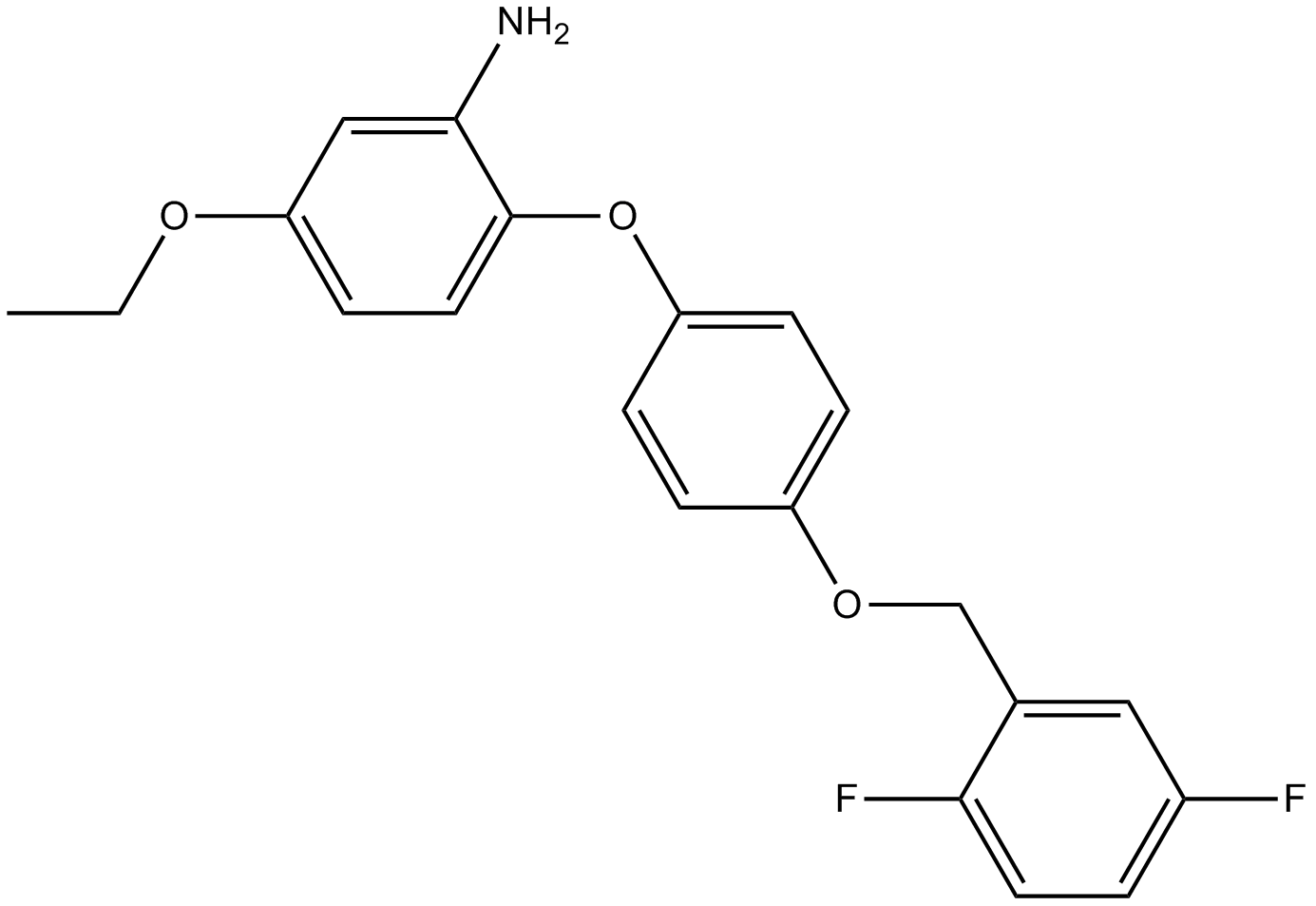 A3811 SEA04004 CitationTarget: Na /Ca2 Exchangers (NCXs)Summary: Specific inhibitor of Na+/Ca2+ exchange
A3811 SEA04004 CitationTarget: Na /Ca2 Exchangers (NCXs)Summary: Specific inhibitor of Na+/Ca2+ exchange

